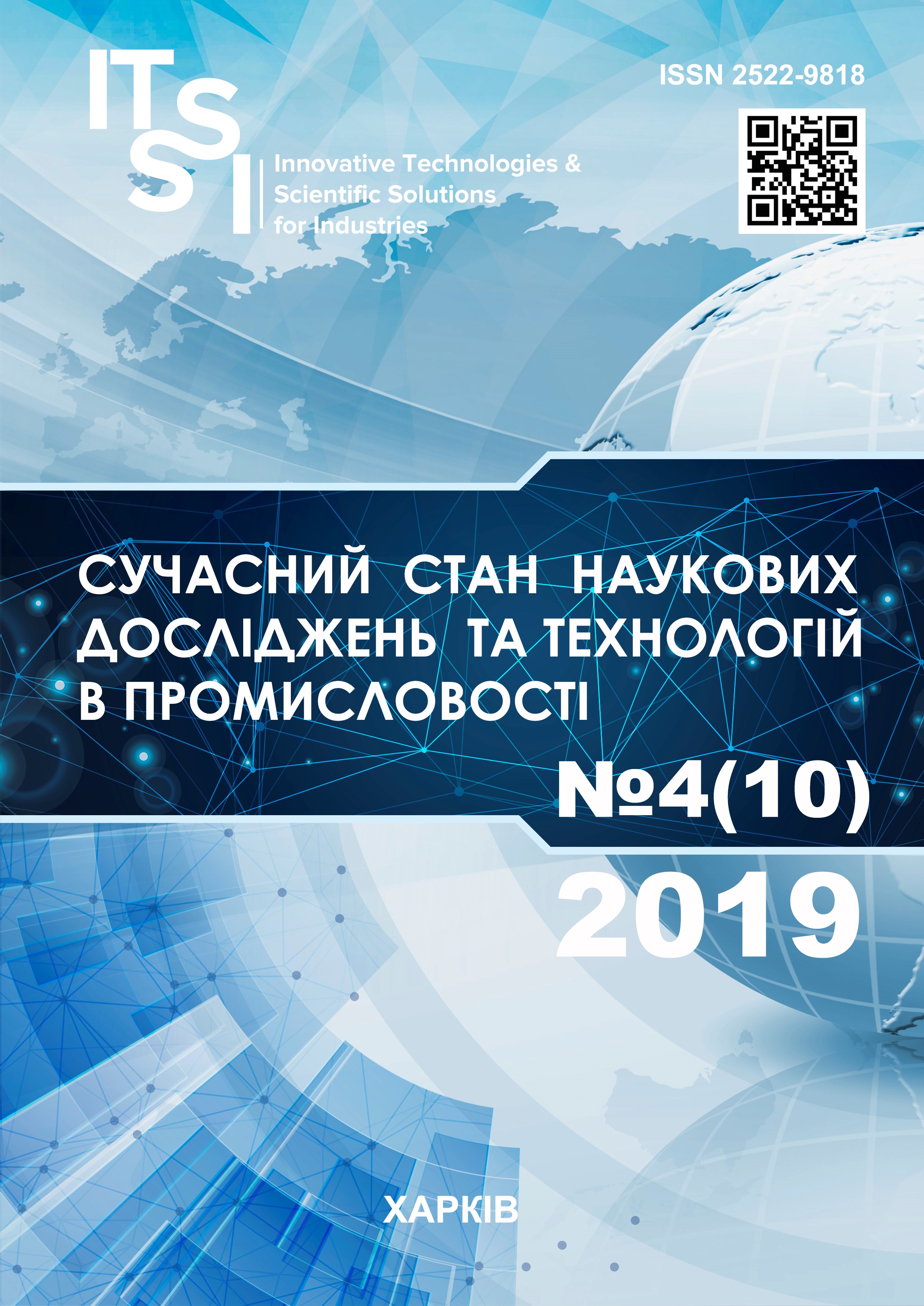AGILE LEADERSHIP OF MANAGING INNOVATION PROJECTS
DOI:
https://doi.org/10.30837/2522-9818.2019.10.077Keywords:
leadership, agile management methodologies, project, competence, behaviour pattern, project managerAbstract
The subject of the article is development of project, programs and project portfolios management systems with drivers of innovation is considered. Substantial changes in the environment require further research into the effectiveness of the application of existing agile methodologies, knowledge systems and competencies of project managers and their leadership. The foundations of environmental change lie in changing the decision-making paradigm in innovation project and programs management. The goal is to explore modern approaches to leadership formation when applying agile methodologies of its specificity from the point of view of decision-making processes in project management. The problems of leadership creation and development in the application of agile project management methodologies for the implementation of information and communication systems are considered. The results of studies were conducted on the basis of a competency-based approach modelled by the International Project Management Association. The content model of competency of the leader applying agile management is presented. Conclusion: The Agile leadership and leadership behaviour patterns are formed in a project management behavioural competency system based on agile technology methods and tools. These competencies included: Self-reflection and self-management, Personal integrity and reliability, Personal communication, Relationships and interaction, Leadership, Teamwork, Conflicts and crises, Inventiveness, Reconciliation, and Orientation to results. The patterns of project managers' behaviour as agile leaders in project product creation and agile project management are explored. The differences in the behaviour patterns of leaders and agile leaders were examined by behavioural competencies within the identified key competency indicators. Such patterns allowed the authors to identify bottlenecks in the application of agile project management methodologies in the context of the development of innovative products of innovation systems.
References
Bushuyev, S. D. et al. (2010), Creative technologies of the project and program management, Kyiv, Ukraine : Summit-Book, 768 p.
Covy, S. (2007), 7 Skills of Highly Effective People: Powerful Personal Development Tools, Мoscow, Russia : Alpina Businessbooks, 375 p.
Bushuyev, S., Wagner, R. (2014), "IPMA Delta and IPMA Organisational Competence Baseline (OCB): New approaches in the field of project management maturity", International Journal of Managing Projects in Business, Vol. 7, Issue 2, P. 302–310.
IPMA Organisational Competence Baseline (IPMA OCB), IPMA, 2013, 67 p.
Bushuyev, S. D., Dorosh, M. S. (2015), "Development of innovative methods and models of project management on the basis of convergence", Managing the development of complex systems, No. 23, P. 30–37.
Jarishenko, F. А., Bushuyev, S. D., Таnака, H. (2012), Management of innovation projects and programs on the basis of P2M, Kyiv, Ukrain e: Summit Kniga, 272 p.
Kolenso, N. (2002), Kaizen strategy for successful organizational changes, Kyiv, Ukraine : InfraМ, 175 p.
Bushuyeva, N. S. (2007), Models and methods of proactive organization development programs management, Kyiv, Ukraine : Naykovy Svit, 200 p.
Imai, М. (2007), Gemba kaidzen: way to reduce costs and improve quality, Moscow, Russia : Alpina Business Books, 345 p.
Lu, David J. (1986), Kanban just-in-time at Toyota: Management Begins at the Workplace, Japan Management Association, Productivity Press,186 p.
Burrows, M. (2014), Kanban from the Inside: Understand the Kanban Method, connect it to what you already know, introduce it with impact, Blue Hole Press, 270 р.
Azarov, N. J., Jaroshenko, F. A., Bushuyev, S. D. (2012), Innovation principals for managing development program, Kyiv, Ukraine, Sammin Kniga, 528 p.
Individual competence baseline for Project, Programme and Portfolio Management (IPMA ICB), IPMA, Version 4.0, 2017, 431 p.
Bushuyev, S., Molokanova, V. (2017), "Formalisation of the accounting valuable memes method for the portfolio of organization development and information computer tools for its implementation", Information technology and learning tools, Vol. 62, No. 6, P. 1–15.
Bushuyev, S. D., Morozov, V. V. (2000), Dynamic leadership in project management, Kyiv, Ukraine : Ukrainian project management association, 311 p.
Downloads
How to Cite
Issue
Section
License
Copyright (c) 2019 Nataliya Bushuyeva, Denis Bushuiev, Victoria Bushuieva

This work is licensed under a Creative Commons Attribution-NonCommercial-ShareAlike 4.0 International License.
Our journal abides by the Creative Commons copyright rights and permissions for open access journals.
Authors who publish with this journal agree to the following terms:
Authors hold the copyright without restrictions and grant the journal right of first publication with the work simultaneously licensed under a Creative Commons Attribution-NonCommercial-ShareAlike 4.0 International License (CC BY-NC-SA 4.0) that allows others to share the work with an acknowledgment of the work's authorship and initial publication in this journal.
Authors are able to enter into separate, additional contractual arrangements for the non-commercial and non-exclusive distribution of the journal's published version of the work (e.g., post it to an institutional repository or publish it in a book), with an acknowledgment of its initial publication in this journal.
Authors are permitted and encouraged to post their published work online (e.g., in institutional repositories or on their website) as it can lead to productive exchanges, as well as earlier and greater citation of published work.














